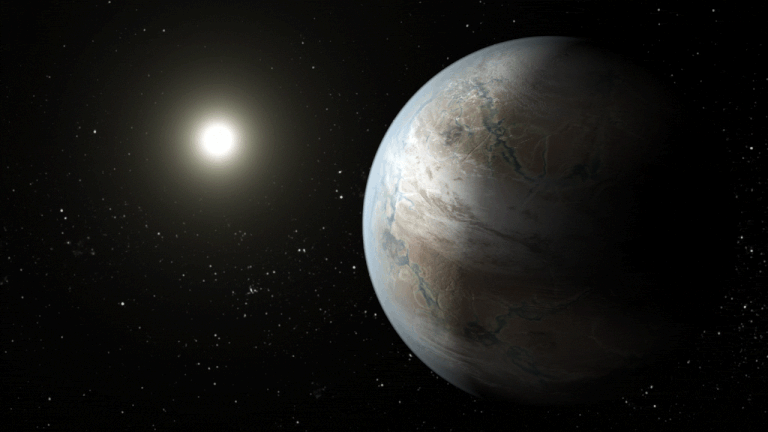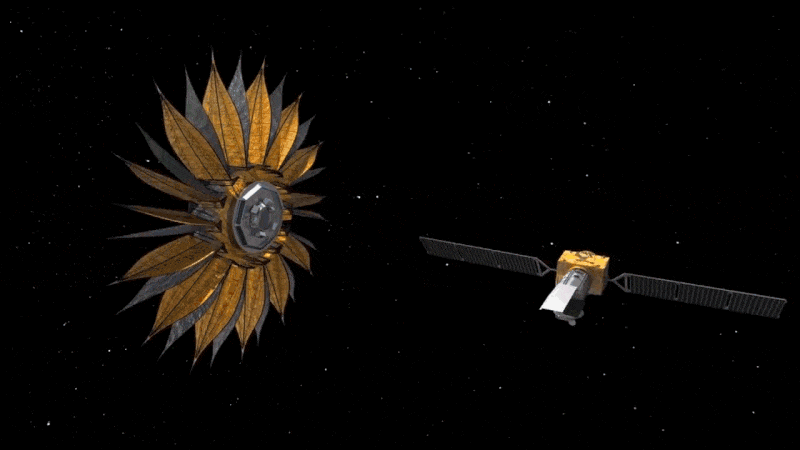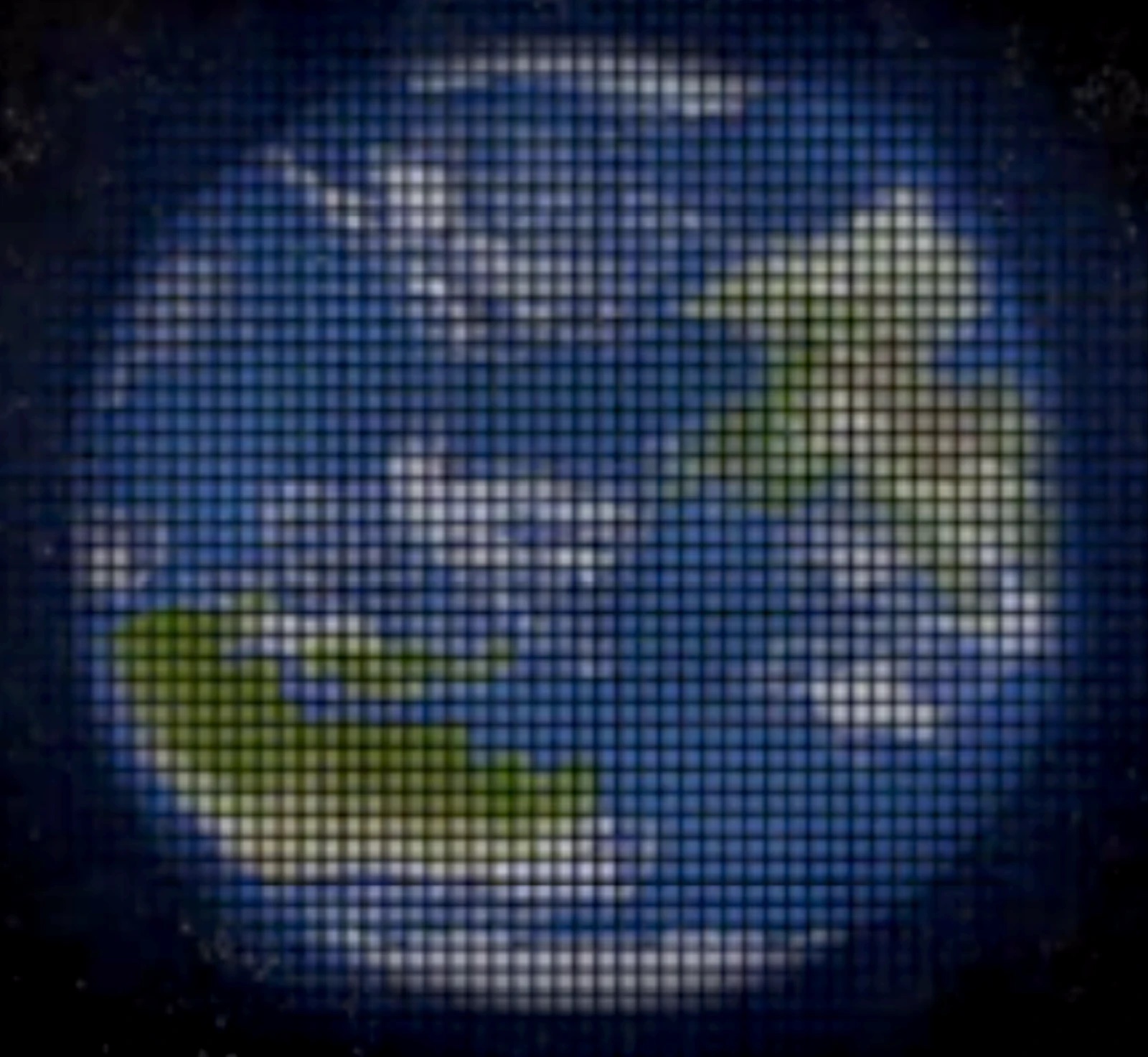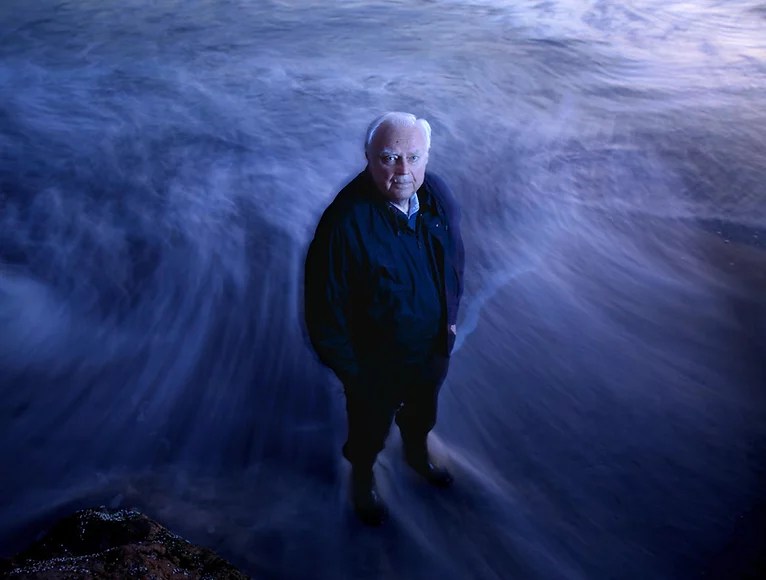NASA’s Habitable Worlds Observatory to finally answer the epic question: “Are we alone?”
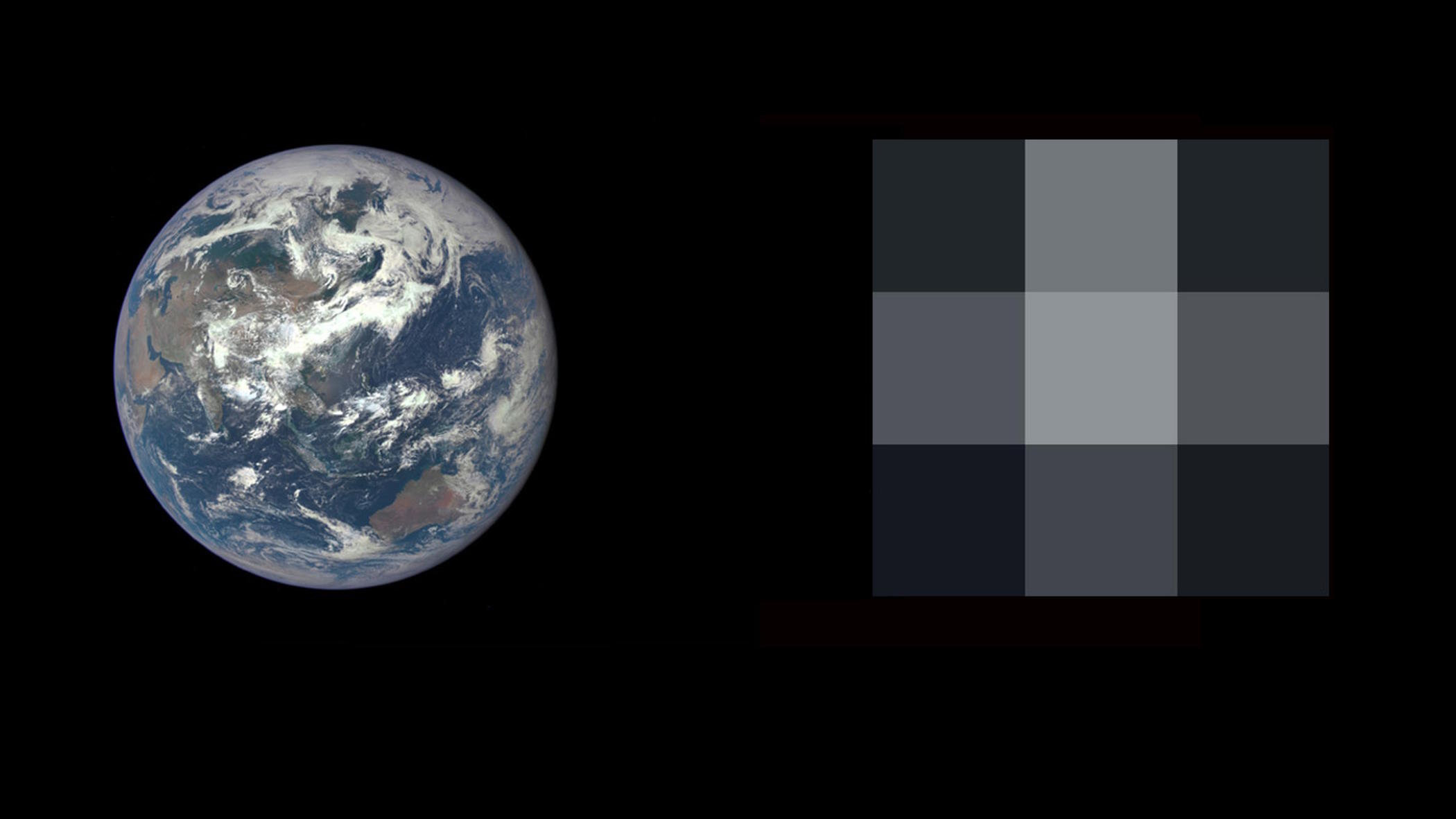
- Perhaps the greatest advances in all of astrophysics have come from NASA’s flagship missions, which gave us revolutionary views with Hubble and JWST, among others.
- The next flagship mission, the Nancy Roman Telescope, is already being built, but there were four proposals to choose from for the one after that, as recommended to the Astro2020 decadal committee.
- The top priority has now been chosen and is being designed: NASA’s Habitable Worlds Observatory. The goal is no smaller than to find inhabited planets beyond Earth.
There are a few questions that humanity has always pondered, yet scarcely could satisfactorily answer until the proper scientific advances came along. Questions like:
- What is the Universe?
- Where did it come from?
- How did it get to be this way?
- And what is its ultimate fate?
are questions that have been with us since time immemorial, and yet, in the 20th and now 21st centuries, are finally getting comprehensive answers thanks to incredible advances in physics and astronomy. However, perhaps the biggest question of all — that of “Are we alone in the Universe?” — remains a mystery.
While the current generation of ground-based and space-based telescopes can take us far into the Universe, this is a question that’s currently beyond our reach. To get there, we’ll need to directly image Earth-like exoplanets: planets with sizes and temperatures similar to Earth, but that orbit Sun-like stars, not the more common red dwarf stars like Proxima Centauri or TRAPPIST-1. Those capabilities are precisely what NASA is aiming for with its newly announced flagship mission: the Habitable Worlds Observatory. It’s an ambitious project but one that’s well worth it. After all, finding out we’re not alone in the Universe would quite possibly be the biggest revolution in all of science history.
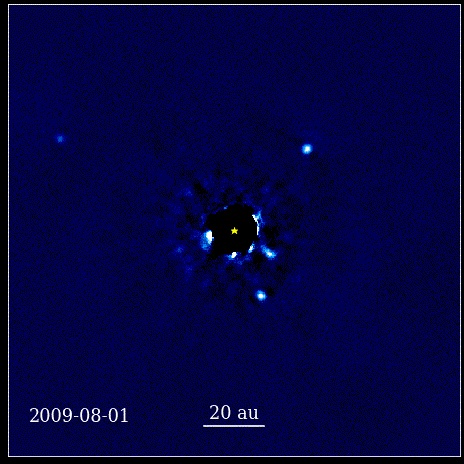
Today, in 2023, there are three main ways we’re looking for alien life.
- We’re exploring worlds in our Solar System, including Mars, Venus, Titan, Europa, and Pluto, remotely, with fly-by missions, orbiters, landers, and even rovers, searching for evidence of past or even present simple life.
- We’re examining exoplanets, searching for evidence that there’s life on them, from the surface to the atmosphere and beyond, based on observable signatures of color, seasonal change, and atmospheric contents.
- And by looking for any signals that would reveal the presence of intelligent aliens: through efforts like SETI and Breakthrough Listen.
All three approaches have their advantages and disadvantages, but most scientists believe that it’s the second option that’s most likely to deliver our first success.
If life requires conditions similar to those found on Earth, we might well be the only world in the Solar System where life ever developed, survived, and thrived. If there aren’t intelligent, actively broadcasting civilizations nearby, SETI won’t deliver any positive results. But if even a small fraction of worlds that exist with Earth-like properties have life on them, exoplanet studies can deliver a success where the other two options won’t. And we’ve come a very long way in our studies of exoplanets: we have more than 5000 known, confirmed exoplanets within the Milky Way, where we know the mass, radius, and orbital period of most confirmed worlds.
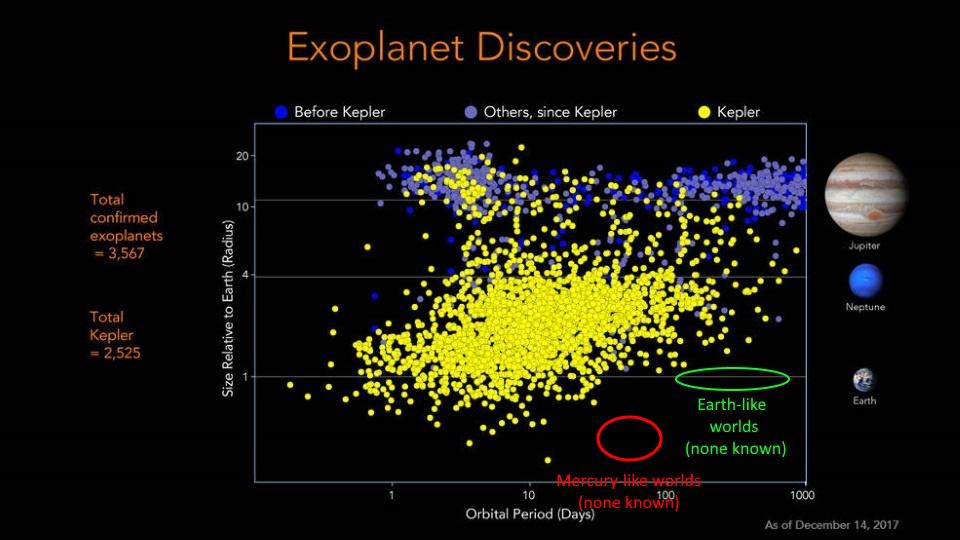
Unfortunately, this isn’t enough to inform us about whether any of these worlds are inhabited. To make that determination, we need more than that. We’d need to know things like:
- Does the exoplanet have an atmosphere?
- Does it have clouds, precipitation, and weather cycles?
- Do its continents green-and-brown with the seasons, like they do on Earth?
- Does it have gases or gas combinations in its atmosphere that hint at biological activity, and do they show seasonal variations like Earth’s CO2 levels do?
On the cutting edge of performing these measurements, today, are the space-based JWST and ground-based 10-meter class telescopes, performing direct exoplanet imaging and transit spectroscopy.
Unfortunately, this isn’t sufficient technology to reach our goal of measuring the properties of Earth-sized planets in Earth-like orbits around Sun-like stars. For direct imaging studies, we can take pictures of planets that are the size of Jupiter and that are more than about Saturn’s distance from the Sun: good for gas giant worlds, but not so great for looking for life on rocky planets. For transit spectroscopy, we can see the light that filters through the atmospheres of super-Earth-sized worlds around red dwarf stars, but Earth-sized planets around Sun-like stars are well beyond the reach of current technology.
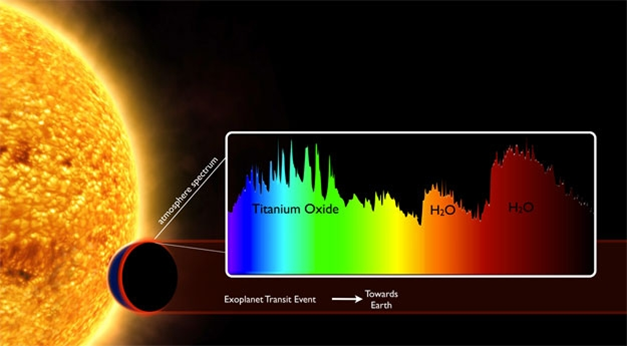
It’s a promising start, but one we need to build on if we hope to attain the ultimate success of finding and characterizing an inhabited planet. Currently, we’re building the next generation of ground-based telescopes, ushering in the era of 30-meter class telescopes with the GMTO and the ELT, and looking forward to NASA’s next astrophysics flagship mission: the Nancy Roman Telescope, which will have the same capabilities as Hubble but with superior instrumentation, a field-of-view that’s 50-100 times as great as Hubble’s, and a coronagraph that allows us to image planets within the glare of their parent star’s light that are about 1000 times fainter than JWST can see.
Even with these advances, however, we’ll only get Earth-sized planets around the nearest red dwarf stars and super-Earth or mini-Neptune sized planets around Sun-like stars. To image a truly Earth-like planet, an improved observatory with still greater capabilities is required.
Thankfully, our technology does not remain stagnant, nor do our visions for discovery and exploration. Each decade, the National Academy of Sciences gets together to outline the highest priorities for astronomy and astrophysics, making recommendations as part of a decadal survey. Four flagship missions were proposed:
- Lynx, a next-generation X-ray observatory, especially important given the reduced scope of the ESA’s upcoming Athena mission,
- Origins, a next-generation far-infrared observatory, filling a colossal gap in our wavelength coverage of the Universe,
- HabEx, a single-mirror telescope designed to directly image the very nearest Earth-like planets,
- and LUVOIR, an ambitious, giant segmented telescope that would be an astronomical all-purpose “dream” observatory.

While the recommendation was that all four of these be eventually constructed, the highest-priority mission was a scaled-up version of HabEx, taking features of both HabEx and LUVOIR into account to form the Habitable Worlds Observatory. In many ways, the proposed specification hit precisely in the “sweet spot” between feasibility given current technology, discovery potential given what we do and don’t know, and cost effectiveness, incorporating lessons learned from the problems experienced with building and launching JWST.
The specifications proposed so far are very encouraging, and include:
- a segmented optical mirror design, similar to what’s already in use by JWST,
- the same type of coronagraph technology that’s presently being developed and tested for the Roman Telescope,
- up-to-date sensors that can control the various mirror segments to achieve ~picometer-level stability,
- planned compatibility with next-generation rockets that will be flying in the late 2030s/early 2040s,
- planned robotic servicing of components at the L2 Lagrange point, located ~1.5 million km from Earth,
- and no wholly new technologies that haven’t been fully matured prior to the development/construction phase.
This is extremely encouraging, as it presents an achievable plan that isn’t particularly susceptible to the delays and overruns primarily due to the need of developing wholly new technologies that plagued JWST for years before its launch.

With these capabilities, the Habitable Worlds Observatory will have an excellent chance to reach what’s perhaps the holy grail of astronomy: to reveal an actually inhabited planet to humanity for the very first time. With between a 6.0 and 6.5 meter design comparable to JWST in size it should be able to directly image Earth-sized planets around all of the stars within about ~14 light-years of Earth. Every little bit of extra diameter counts in this game, because if you can double the radius you can see planets out to, you increase the search volume and the expected number of objects by a factor of eight. In the vicinity of the Sun, there are:
- 9 star systems within 10 light-years of Earth,
- 22 star systems within 12 light-years of Earth,
- 40 star systems within 15 light-years of Earth,
- and 95 star systems within 20 light-years of Earth.
With its planned design, somewhere between 20 and 30 Earth-like planets could be directly imaged by the Habitable Worlds Observatory. If there’s even a ~few percent chance of life taking hold on an Earth-like world, then this mission will be able to discover our first inhabited planet beyond the Solar System. Perhaps, if nature is kind, we might even discover more than one.

Because we’ve already gone through the pain of developing many of the precursor technologies, including the 5-layer sunshield used with JWST, the folded/segmented mirror design used with JWST, and the deformable mirror used within the Roman coronagraph (currently being tested with PICTURE-C, a balloon-borne experiment), there shouldn’t be anything wholly new or novel to trip up the Habitable Worlds Observatory like there was with JWST.
However, all new developments come with risks. The idea of robotic servicing is encouraging, because we’ve done robotic servicing before, but only as far away as in low-Earth orbit. At the distance to L2, 1.5 million kilometers, even instructions sent at the speed-of-light have a 10 second round-trip delay. Servicing will require both rocket technology and automated robotic technology that does not exist presently.
To achieve ~picometer level mirror alignments is a technical challenge that requires advances far beyond the ~nanometer-level alignments achievable today. Although this requires only an incremental improvement over existing technology, a substantial set of resources will need to be devoted to it, and are currently being devoted as part of the “technology maturation” process inherent in the design and pre-design phases.
One big worry that hasn’t necessarily hit the right people’s radar is the suitability of the currently-designed Roman coronagraph for the Habitable Worlds Observatory. The JWST coronagraph is performing exactly as anticipated, enabling us to find and image planets that are just 1-part-in-100,000 as bright as their parent stars are. The Nancy Roman Telescope expects a factor of 1000 improvement over JWST, as their deformable coronagraph mirror is being optimized to deal with the interference patterns and stray light that emerges from a perfectly circular coronagraph shape.
However, there’s a catch: one of the reasons that the Nancy Roman Telescope’s coronagraph can perform so much better than JWST’s is because JWST has a tiled mirror with a segmented design, while the Nancy Roman telescope will have a single, circular, monolithic mirror. The shape of the JWST mirror is why it has that “snowflake-like” diffraction pattern around all of its stars and bright point-sources of light: that’s just a mathematical consequence of the geometry of its optics.

But coronagraphs are circular in nature, and cannot easily “undo” the stray light that gets introduced from any sharp edges, including:
- the hexagonal tiles,
- the “corners” on the outer edges of the mirror,
- and the ~millimeter-sized “gaps” between the various segments.
With a similar design to JWST, this seems like a very big problem for Habitable Worlds Observatory to reckon with, particularly since it needs coronagraphy that’s successful at the 1-part-in-10,000,000,000 level to image Earth-like worlds around Sun-like stars: another factor of ~100 better than the Roman coronagraph will achieve.
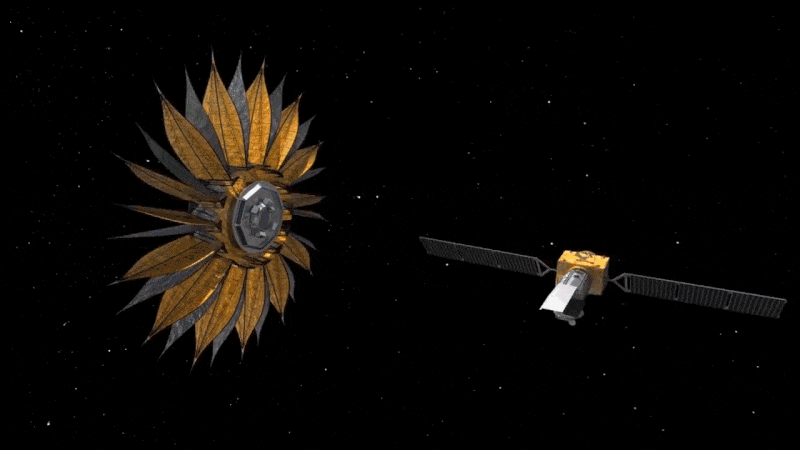
One potential solution is to launch a starshade either with the Habitable Worlds Observatory or even after-the-fact, to block the star’s light before it ever reaches the Habitable Worlds Observatory’s primary mirror. Although this is technologically feasible, it’s both expensive and limited in its effectiveness; it has to travel some ~80,000 kilometers relative to the observatory every time it wants to switch targets. All told, it can potentially help image about one or two systems per year, but that’s the upper limit.
A wild solution that perhaps should be considered is not building a traditional segmented mirror, but a series of circles, akin to the optical setup of the under-construction Giant Magellan Telescope. With seven perfect circles instead of 18+ tiled hexagons, it has the light-gathering power of the area of all seven circles combined, but the resolution of the diameter across which the primary mirrors are mounted. With this design:
- all of the stray light problems from a JWST-like design are eliminated,
- the already-developed foldable primary mirror technology could still be utilized,
- the picometer-level stability technology being developed across mirror segments would still apply
- instead of a single secondary mirror and/or a single coronagraph, each of the seven segments could get their own,
and, as a bonus, there would be no wires required to cross the primary mirror optics, as the secondary mirror(s) could be held in place with wires that went in-between the gaps in the circular segments: precisely why the Giant Magellan Telescope will be the first world-class observatory without diffraction spikes on its stars.
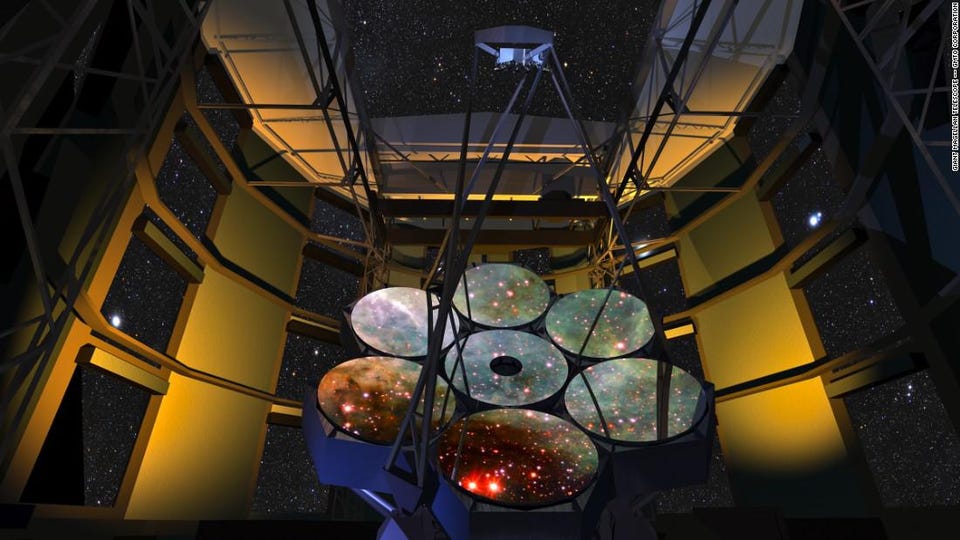
With the right design and implementation, we could be looking at a Habitable Worlds Observatory:
- that launches as early as the late 2030s/early 2040s,
- that’s on-budget and on-time,
- that possesses the necessary architecture to achieve its observational goals without needing a starshade,
- that’s fully refuellable and whose instruments are fully serviceable and replaceable,
- that could have a starshade added to it at any point in the future,
- and that quite possibly images enough “Earth-like” planets to discover at least one (and maybe even more than one) exoplanet that’s actually inhabited.
The big question that needs to go into the design of this telescope is the trade-off between how many Earth-like candidates it can directly image versus how large and costly the telescope is going to be. While the 6-to-7 meter range seems like the sweet spot, the nightmare scenario is that we build this observatory just a little too small and cost-conservatively to find what we’re ultimately seeking: an inhabited alien planet.
We must remember that in the search for life beyond Earth, we are playing a lottery with unknown odds. Each Earth-like planet that we image and characterize represents a ticket: a ticket in a lottery where the odds of all of the prizes are unknown. Our chances of success depend entirely on which tickets are winners and whether we buy enough of them. The hard part is we won’t know if we have meaningful constraints on what those odds actually are until after the findings from Habitable Worlds Observatory come in, and so it’s up to us to build it in such a way that our odds of at least one success are as great as possible. If we do, we might finally have the answer to “Are we alone in the Universe?” Just maybe, we’ll know for certain that the answer is, “No, there are others.”
